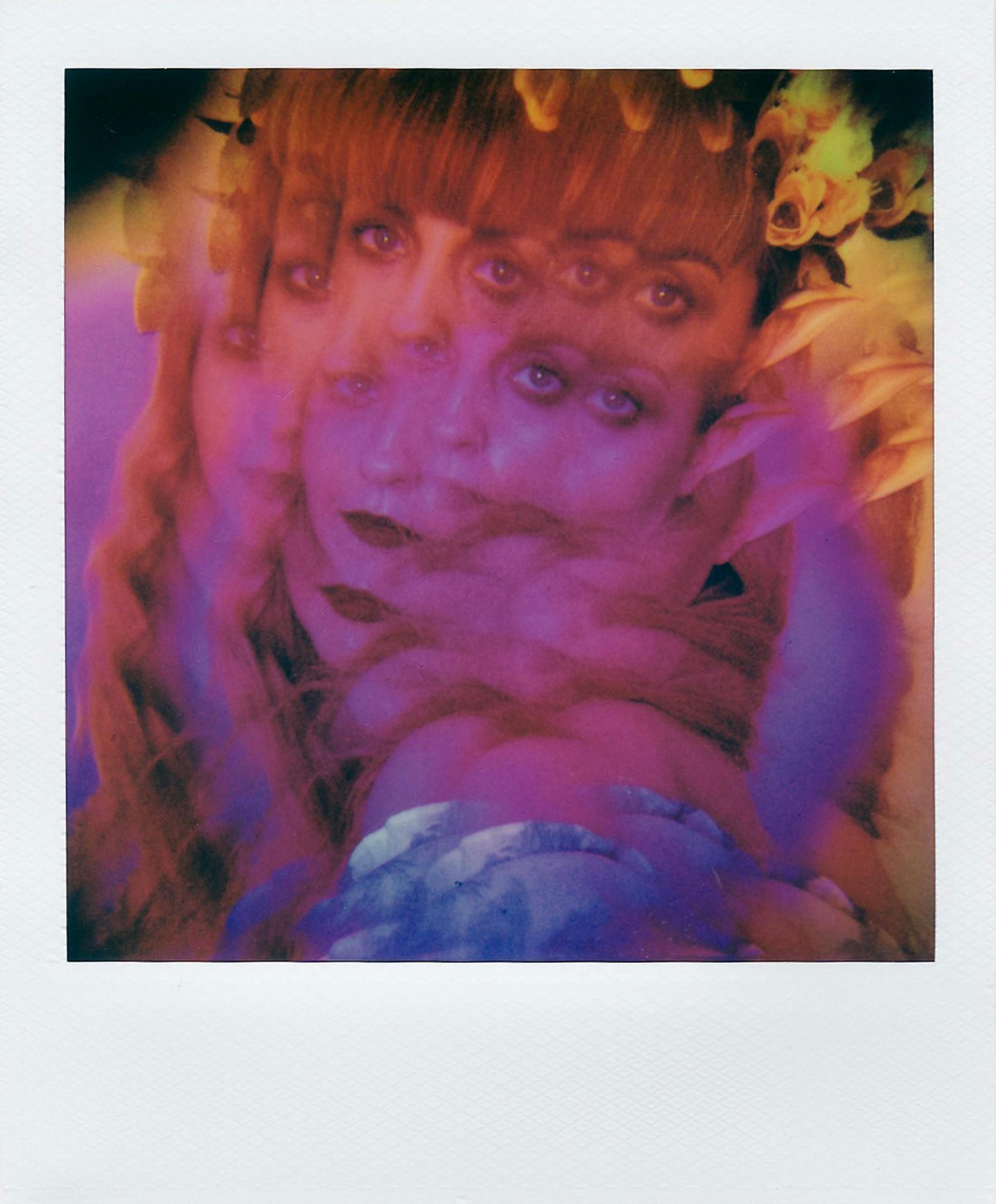Reveal of a partly hidden mural by Gerhard Richter - Hidden sections of works by Gerhard Richter unveiled.
Gerhard Richter, the celebrated German visual artist known for his eclectic oeuvre, created a mural called "Joy of Life" in 1956 at the German Hygiene Museum in Dresden. This forgotten work, originally believed to lack significant artistic value, has recently resurfaced, offering insights into Richter's formative years.
A Brief History
- Creation and the Shadows of Time: In 1956, Richter produced the 63 square meter mural as part of his diploma thesis. The mural depicted figures in everyday and leisure scenes, tucked away in a stairwell foyer of the museum.
- The Blank Slate: The mural was covered in 1979 following the consent of the Institute for Monument Preservation, who deemed it unworthy of artistic acclaim. Richter's departure from East Germany in 1961 may have also played a role in this decision.
- The Call to Uncover: Initial efforts to reveal the mural were made in 1994, but it wasn't until 2022 that the project gained momentum, with Richter finally giving his consent[1].
The Art of Excavation
- Public Restoration: Over the past few months, the mural has been progressively unveiled during a public restoration process paralleling a special exhibition on the museum's DDR history.
- Collaborative Efforts: The project was implemented by the Dresden University of Fine Arts, the German Hygiene Museum Foundation, and the Wüstenrot Foundation, with additional support from the Ernst von Siemens Art Foundation[1].
- The Big Reveal: The uncovering of "Joy of Life" offers a fresh perspective on Richter's artistic journey and illustrates the museum building's usage history.
A Journey Through Richter's Artistic Evolution
- Early Days: Richter's early works, like "Joy of Life," display his competence in representational painting, although he is also famed for his later abstract and photorealistic pieces.
- A Step into Abstraction: Richter's style evolved to encompass prominent abstract series, characterized by his use of techniques such as paint dragging with a squeegee to create illusory spaces. His unconventional approach to abstraction often involved spontaneous gestures and a balance between addition and subtraction of paint for spatial cohesion[2].
- Photorealism and Photo Paintings: Richter is also well-known for his photo paintings, which straddle the line between reality and art. Notable examples include his series on the Red Army Faction (RAF), crafted in the late 1980s, demonstrating his talent for transforming documentary images into art[2].
The Unfolding History
The unveiling of "Joy of Life" presents an exciting opportunity to scrutinize Richter's representational roots and chart the course of his artistic progression. This project not only illuminates his growth but also offers a fascinating glimpse into Richter's formative years in Dresden.
[1] "Gerhard Richter's Hidden Mural in Dresden: Partially Unveiled." The Art Newspaper (OCT 13, 2022).
[2] Rowe, John. "Gerhard Richter." Phaidon Press (2009).
- The community policy regarding public restoration projects should consider the historical significance of works like Gerhard Richter's "Joy of Life" mural, created in 1956 as part of his thesis, and ensure proper preservation and presentation.
- In agreement with Richter's ever-evolving artistic style, the 1956 mural "Joy of Life" now serves as a poignant reminder of Richter's early days in painting, showcasing his skills in representational art before his foray into abstraction and photorealism.
- As a part of their collaboration on the restoration project of Gerhard Richter's "Joy of Life" mural, the Dresden University of Fine Arts and the German Hygiene Museum Foundation could work on creating a thesis or research paper exploring Richter's artistic development during his formative years and the impact of his works on the art scene in both Germany and abroad.








